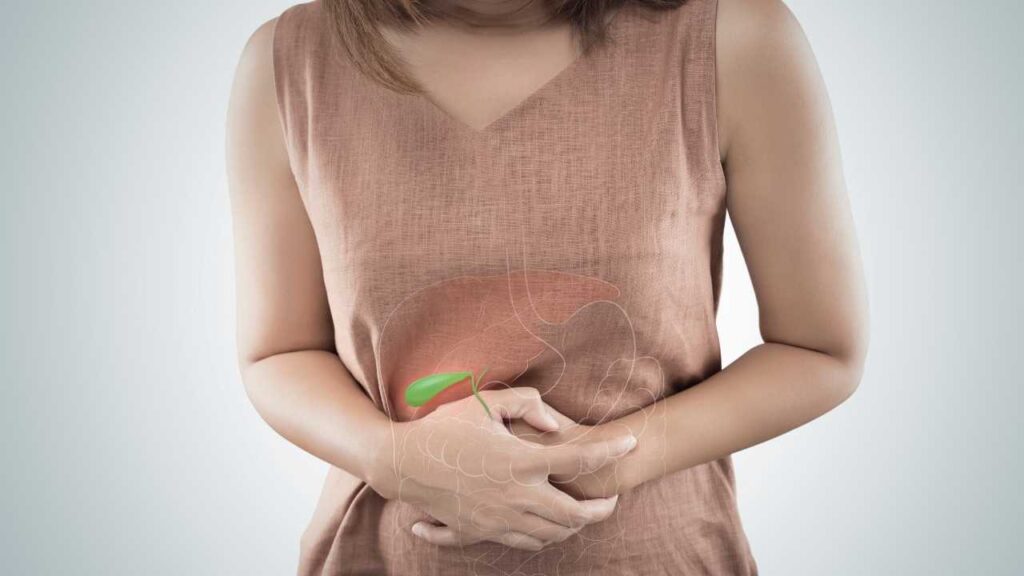Hello friends, we shall discuss about gall bladder stones, cause, symptoms, complications and treatment. This discussion will be based on the most frequently asked questions by our patients.
So, stones forming in the gall bladder are called gall stones. These can be cholesterol stones, pigment stones or mixed stones. There are few theories about their causation such as stagnation, infective focus,cholesterol excess.
The gall stones can be single,multiple, small or large.
They cause symptoms like dyspepsia, flatulence,pain in right upper abdomen radiating to back typically 2 hours after having food and its called as biliary colic.
It can cause acute infection like acute cholecystitis, chronic or long standing inflammation like chronic cholecystitis,in these conditions patient experiences pain in right upper abdomen with vomiting, sometimes fever and septic shock.
There can be jaundice due to slippage of a small stone in the common bile duct. Sometimes the stone travels till the opening of the common bile duct into the small intestine,where it meets the pancreatic duct.
There will be symptoms of pancreatitis due to blockage of pancreatic duct and reflux of pancreatic juices in the pancreas. The symptoms of pancreatitis are severe pain in umbilical and back region. The condition of patient in case of complications of gall stones can become critical and life threatening.
So it is advisable to treat them as soon as they are diagnosed.
The surgical treatment of gall stones includes removal of the gall bladder. The surgery of removal of gall bladder is called as cholecystectomy.
Cholecystectomy can be done laparoscopic or conventional way. Laparoscopic cholecystectomy needs small incisions of about half to one centimetre in size at 4 different places over abdomen. The gall bladder is dissected from liver and other attachments and retrieved through one of these small incisions.
In conventional surgery a formal right upper abdominal incision is taken and the gall bladder is removed.
In few cases of laparoscopic cholecystectomy, there are chances of conversion of laparoscopic surgery to conventional surgery due to anatomical or technical problems.
In case of laparoscopic surgery recovery and joining back to work is faster within four to five days. While in conventional surgery, it may take a week or so.
Most of the patients ask that whether there are any side effects to the body after gall bladder removal or what about its function.
The gallbladder stores 60 to 70 ml of bile in it, everytime 2 hours after food intake when the partially digested food comes in the intestine from stomach, the gall bladder contracts and empties its contents into the instine via the common bile duct.
The liver secretes 400 to 800ml of bile daily which reaches the small intestine continuously. So gall bladder removal does not affect digestion. Body gets accustomed to the absence of gallbladder by increasing enterohepatic circulation of bile.
It is advised to get gall bladder removed if it has presence of gall stones. As the complications can be mild to severe mandating emergency surgery at times.

